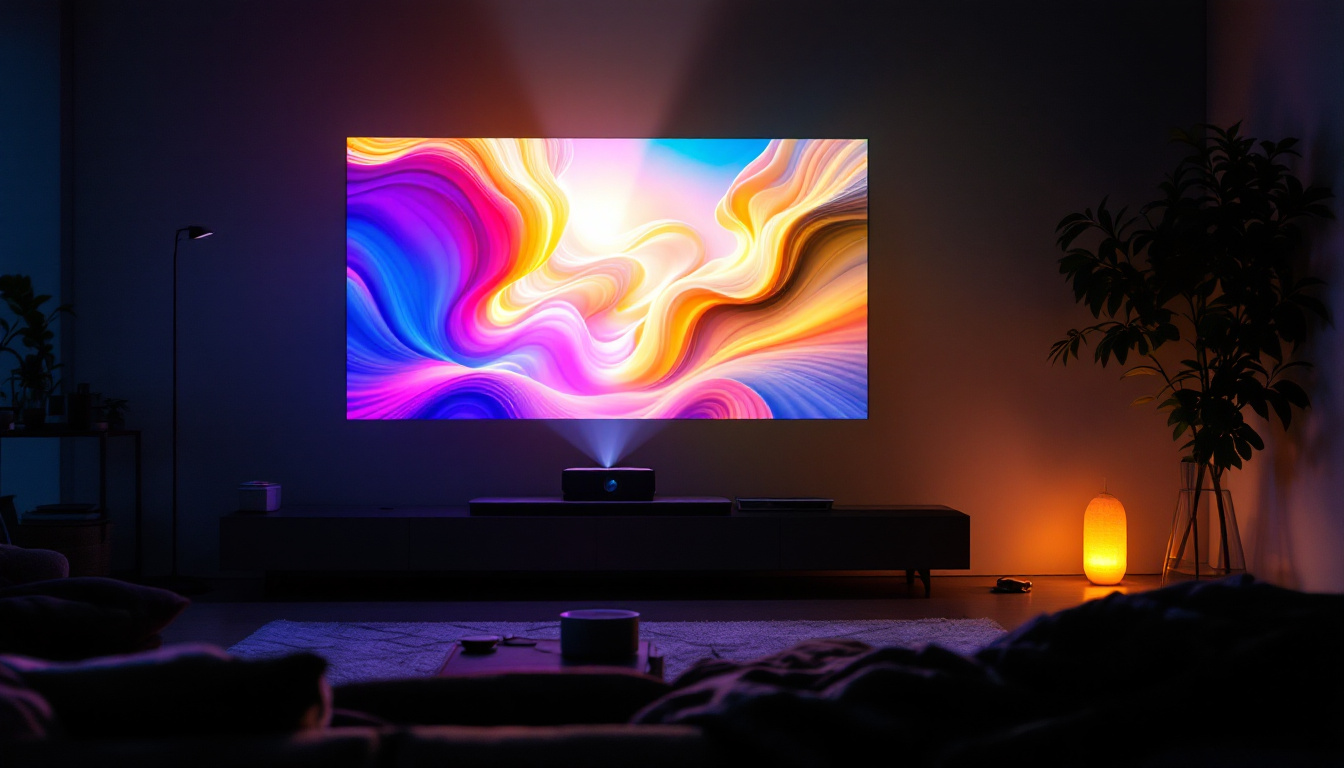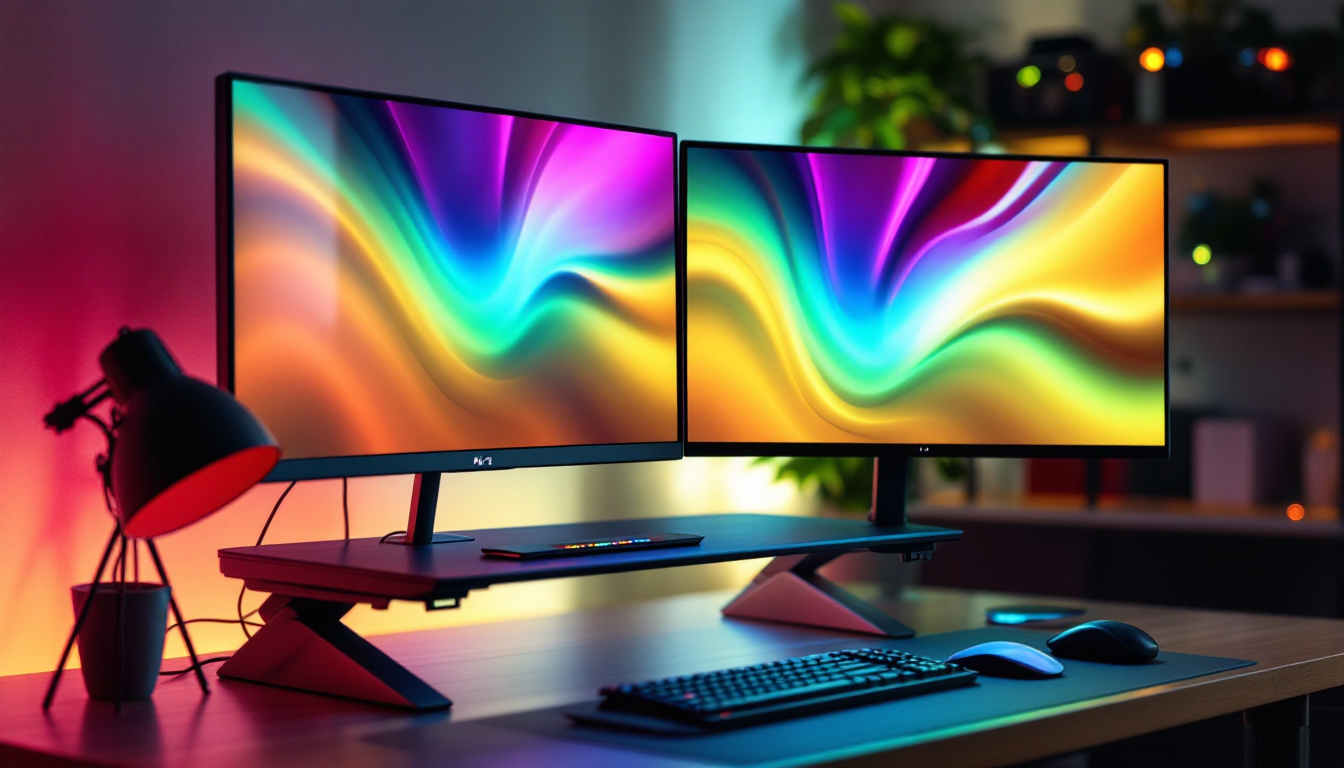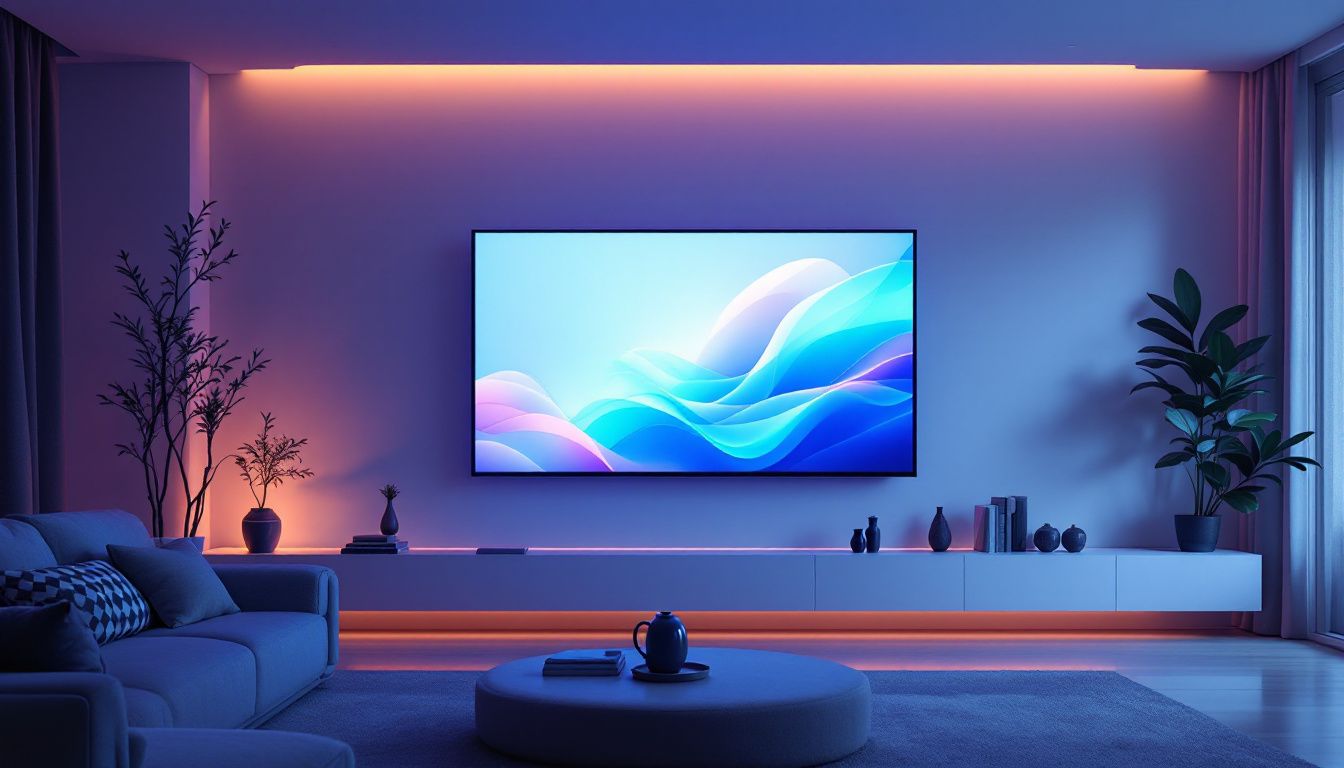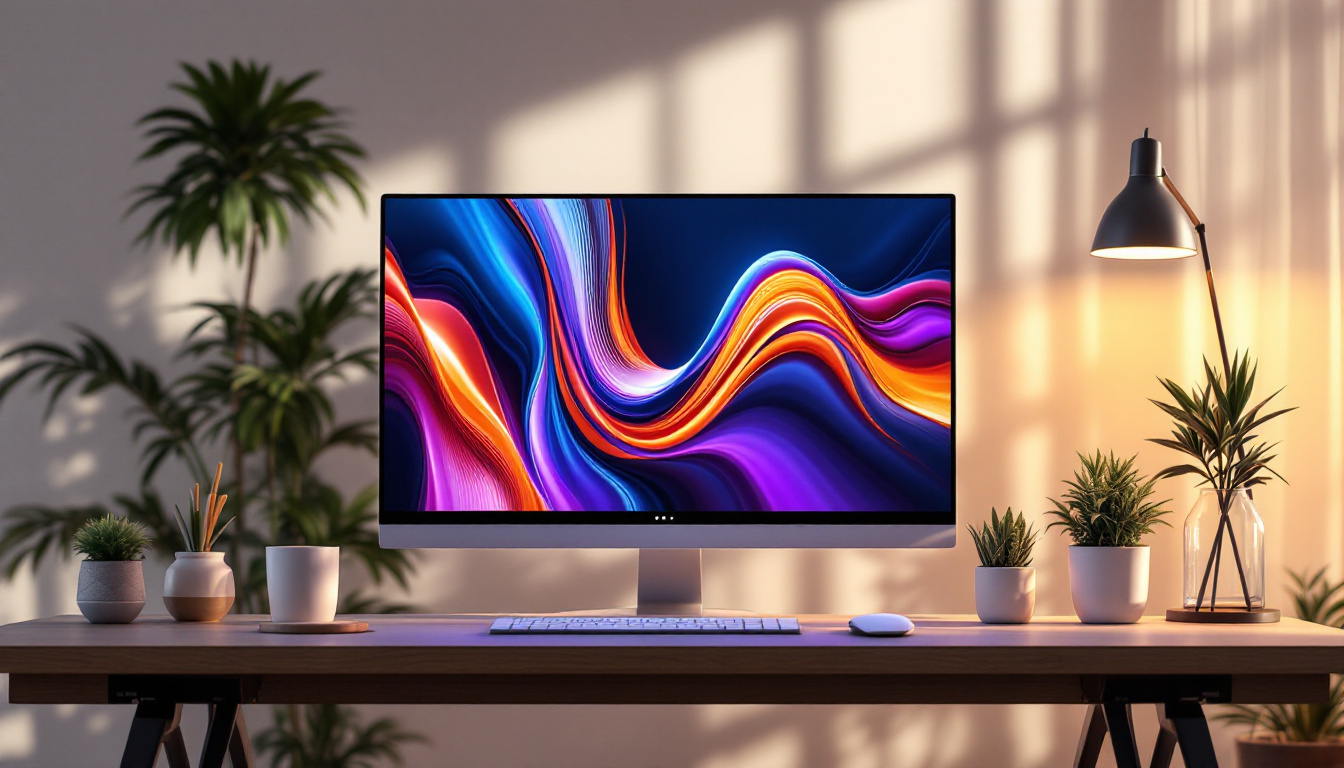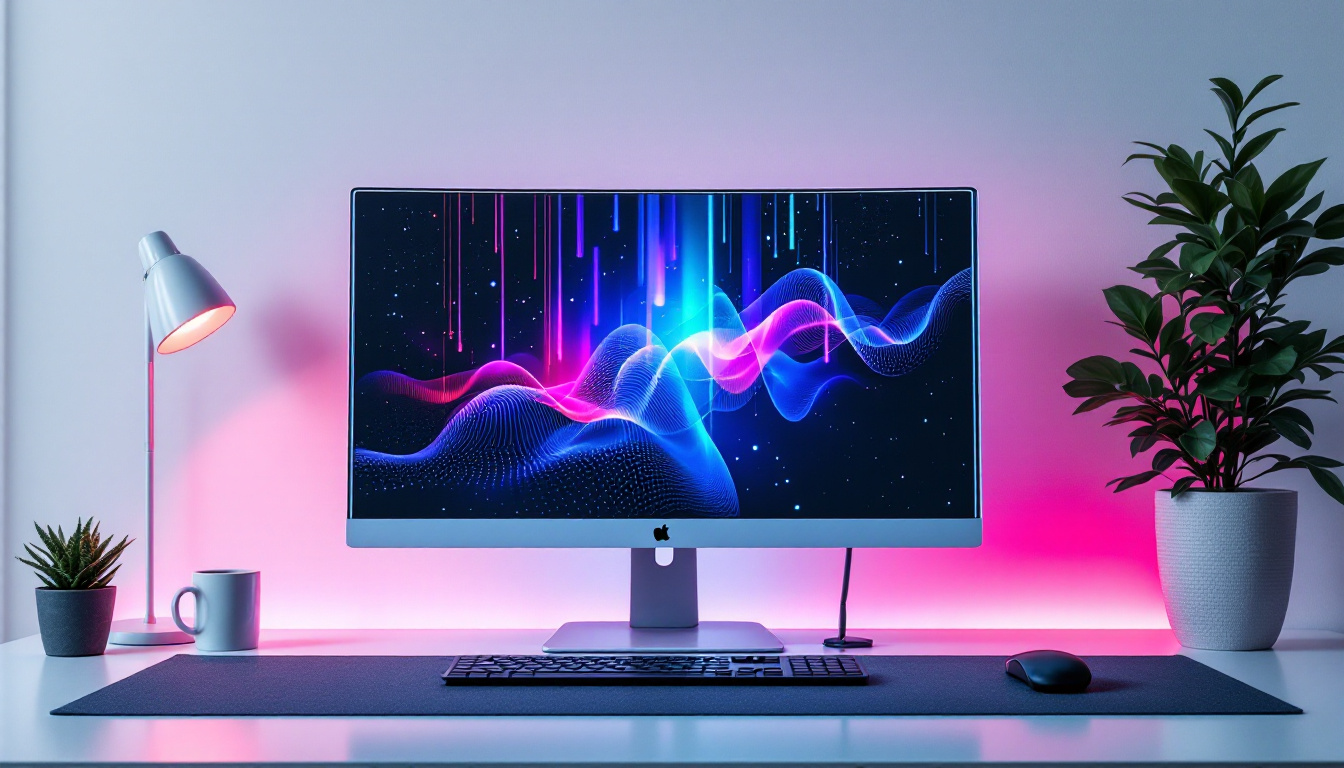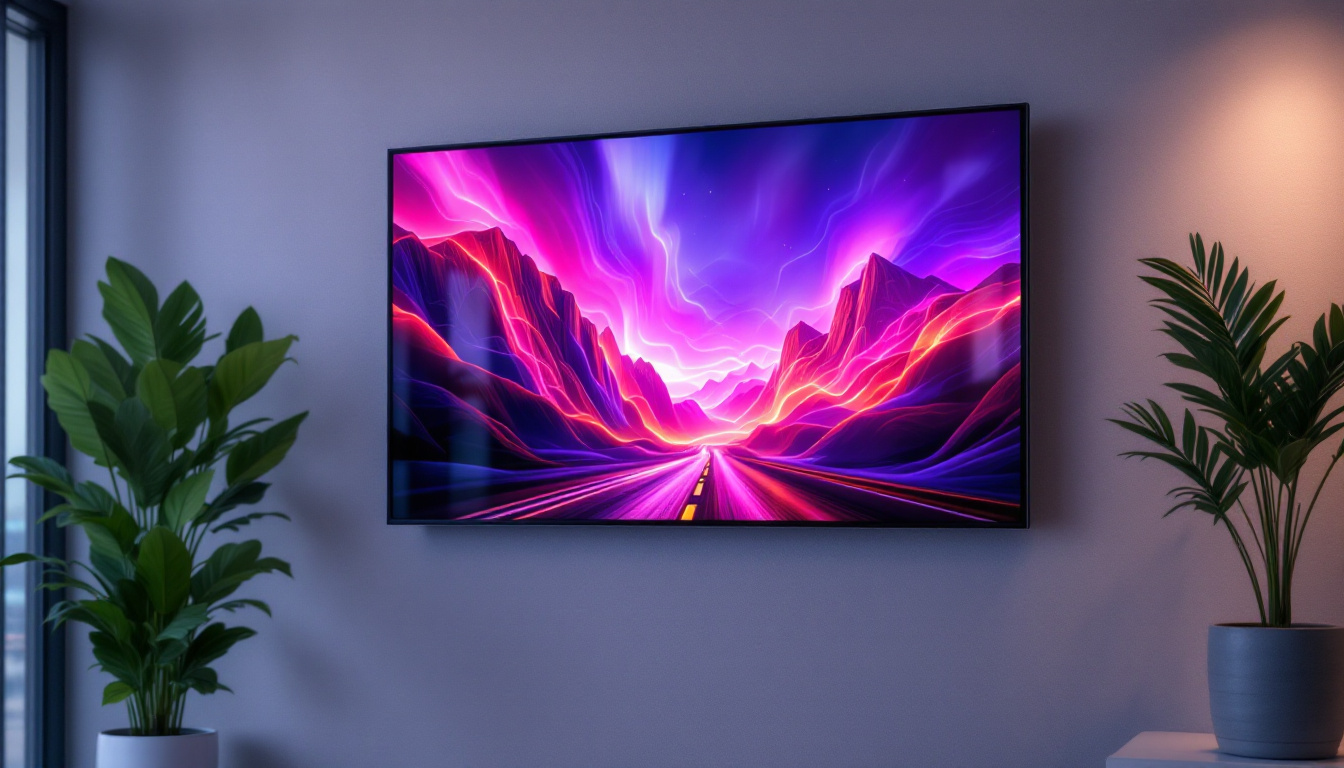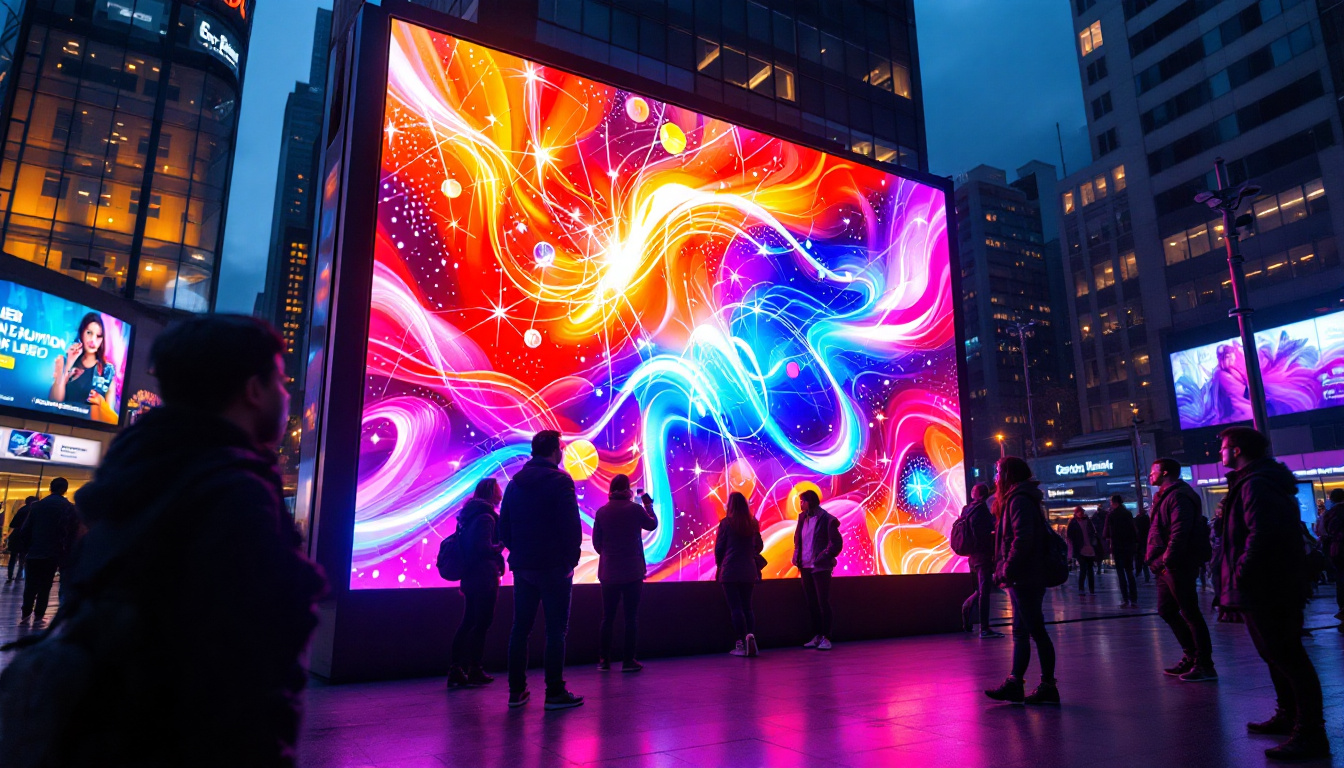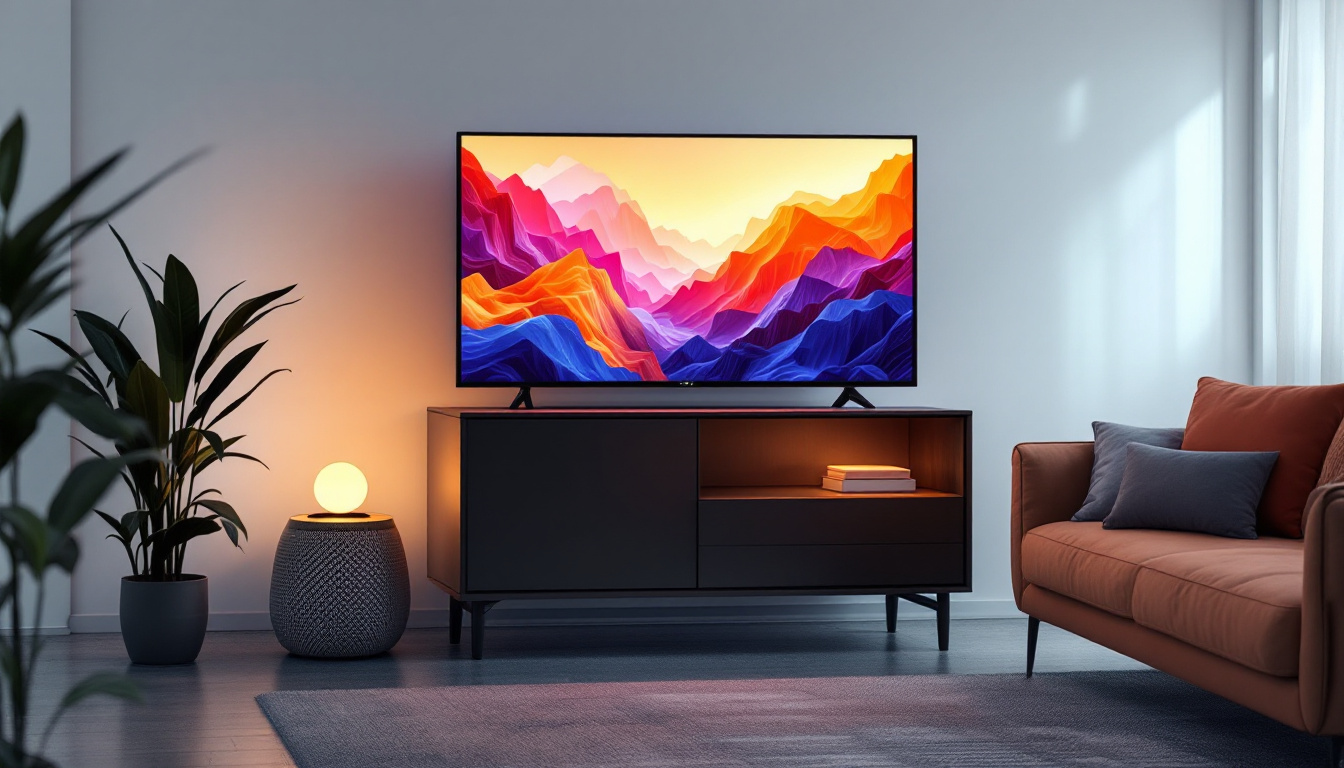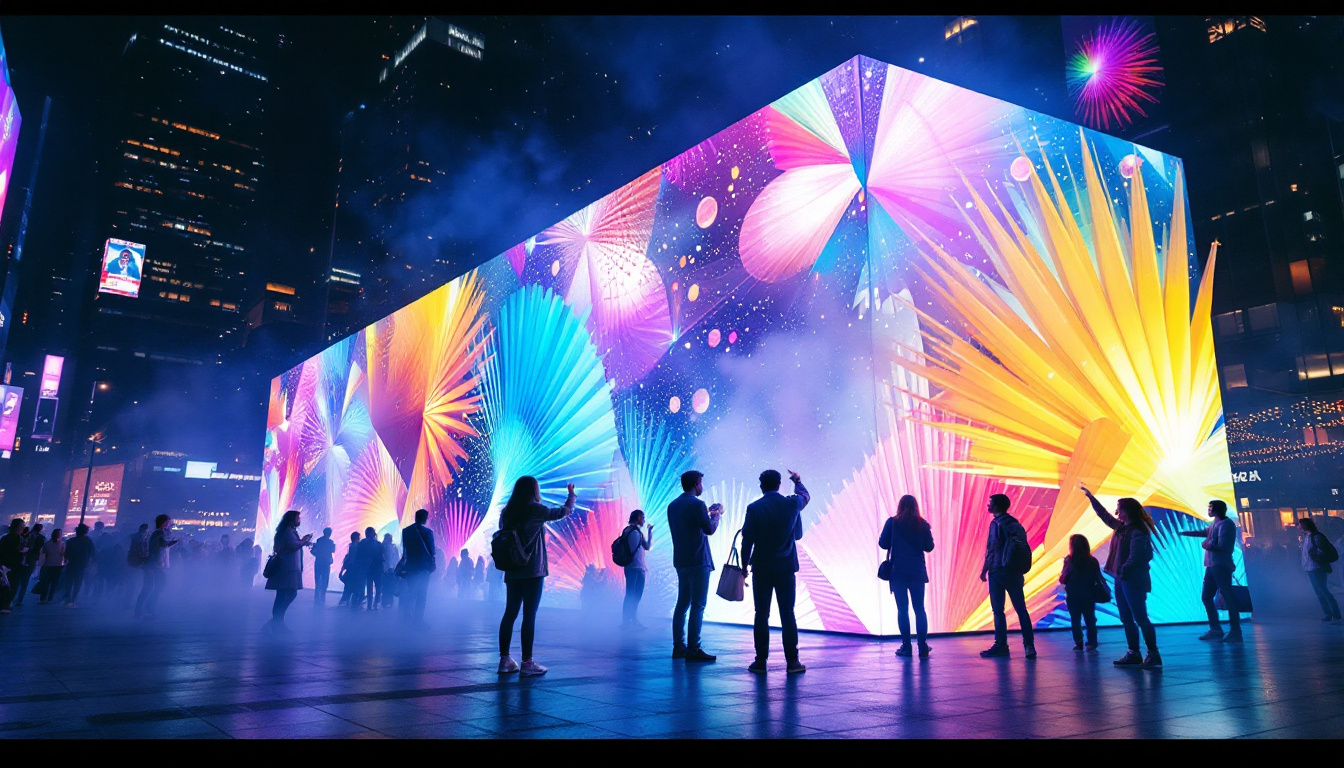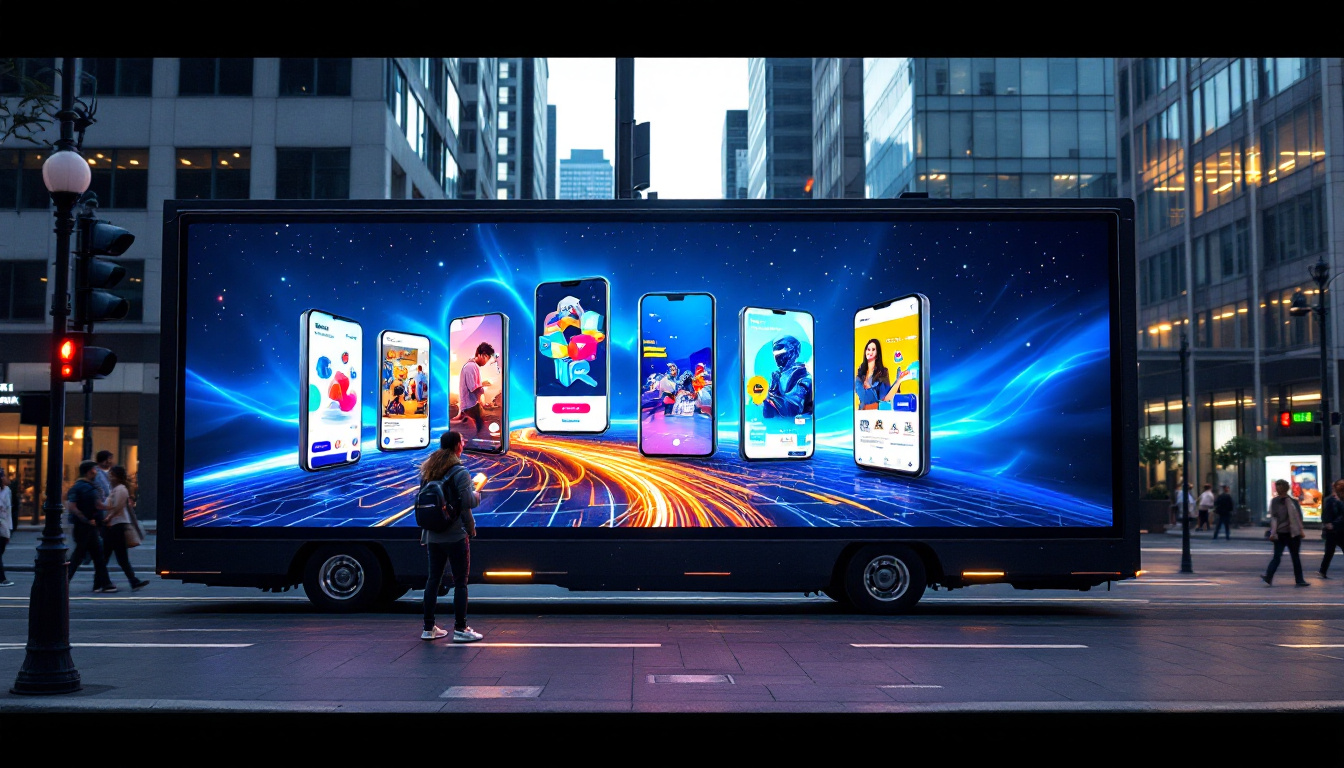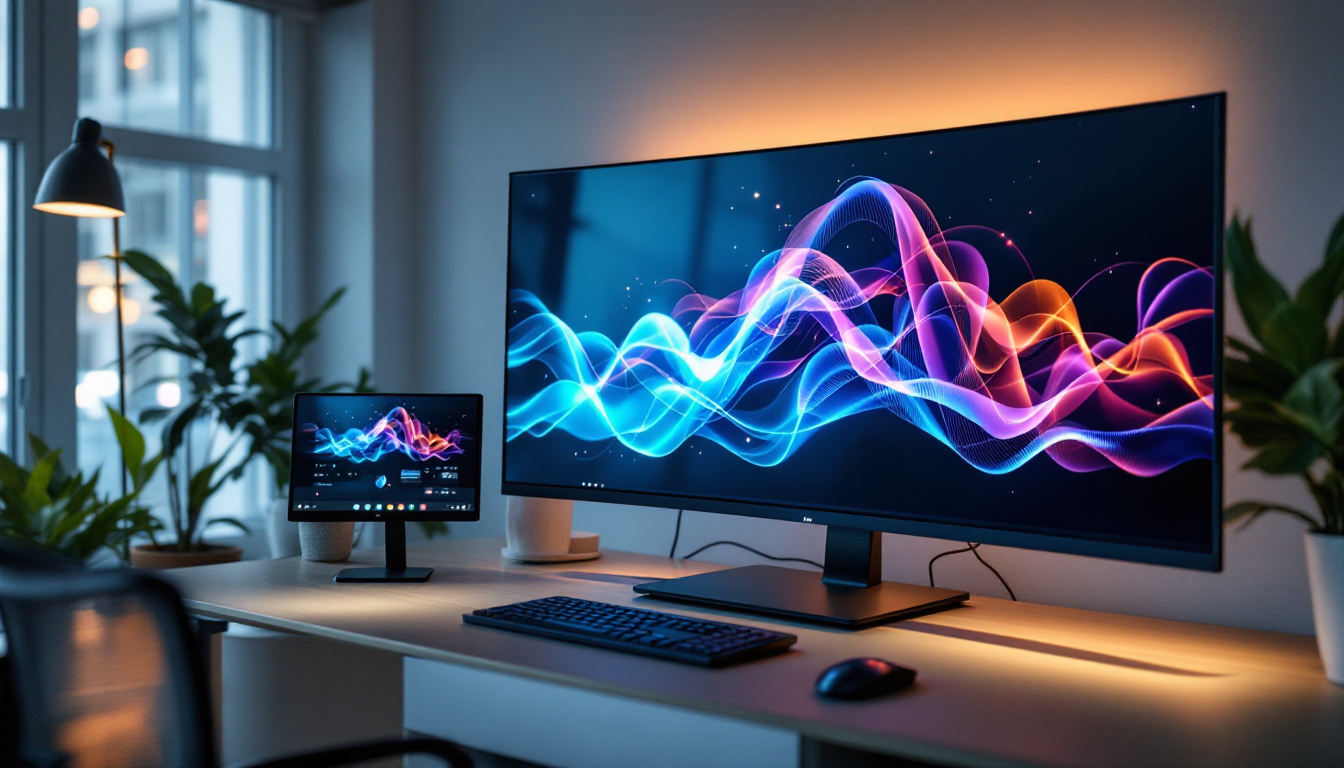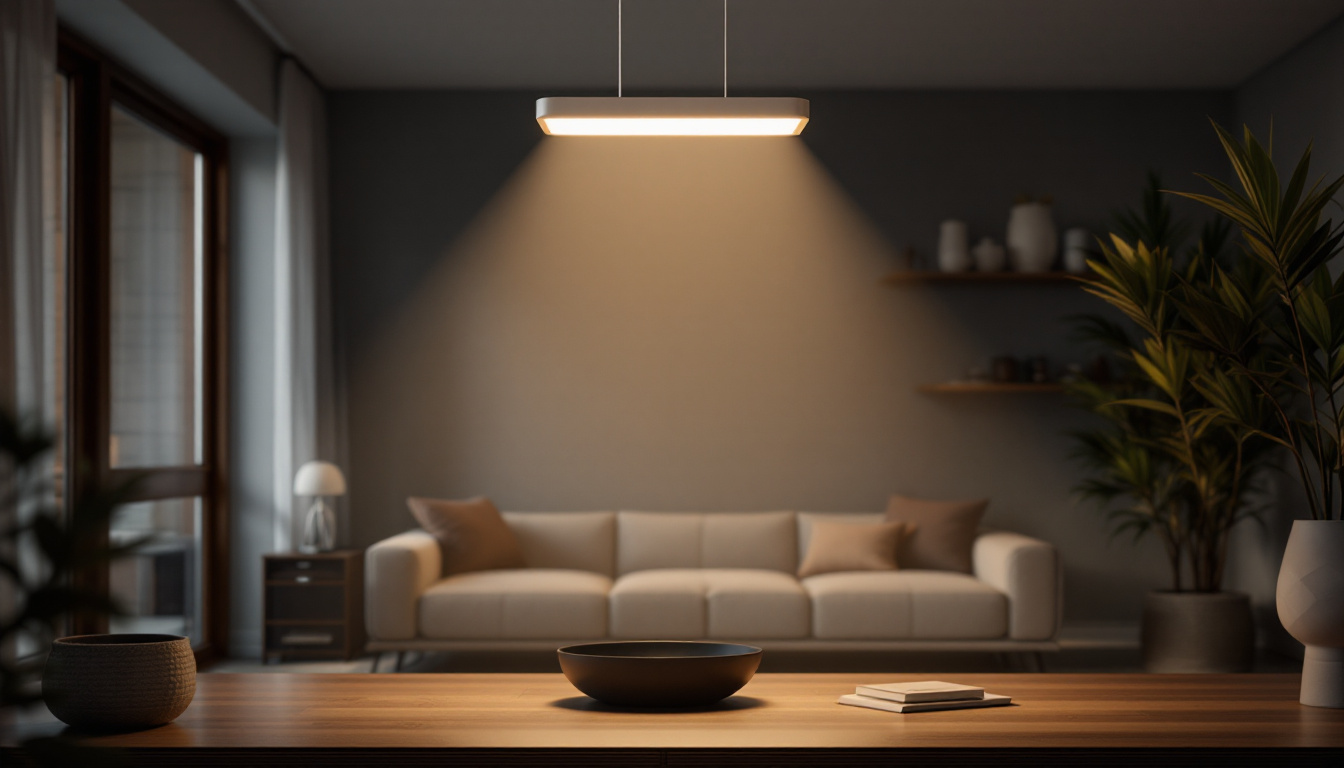In the rapidly evolving world of display technology, LED (Light Emitting Diode) displays have emerged as a popular choice for both commercial and residential applications. With their vibrant colors, energy efficiency, and versatility, LED displays are increasingly replacing traditional plasma screens. This article explores the intricacies of LED technology, its advantages over plasma displays, and what to consider when searching for “sale plasma near me.”
Understanding LED Technology
LED technology is based on the principle of electroluminescence, where a semiconductor material emits light when an electric current passes through it. This technology has been adapted for various display applications, ranging from small screens on mobile devices to large-scale outdoor billboards. The efficiency of LED lights, which consume significantly less power than traditional incandescent bulbs, has made them a popular choice not only for displays but also for general lighting solutions in homes and businesses alike. This energy efficiency contributes to lower electricity bills and a reduced carbon footprint, making LEDs an environmentally friendly option.
Components of LED Displays
LED displays consist of several key components, including the LED modules, control systems, and power supplies. The LED modules are made up of numerous individual LEDs, which work together to create images and videos. The control system manages the input signals and ensures that the correct colors are displayed, while the power supply provides the necessary energy for operation. Additionally, the quality of the components used in these displays can greatly affect their performance and longevity. High-quality LEDs tend to have better color fidelity and brightness, while advanced control systems can offer features like real-time image processing and adaptive brightness adjustment based on ambient light conditions.
Types of LED Displays
There are several types of LED displays, each designed for specific applications. Common types include:
- Direct View LED Displays: These displays are made up of individual LEDs and are often used for large outdoor screens. They are particularly effective in bright sunlight, as their high brightness levels ensure visibility even in challenging lighting conditions.
- LED-backlit LCD Displays: These screens use LEDs to illuminate an LCD panel, providing better contrast and color accuracy compared to traditional fluorescent backlighting. This technology has become prevalent in televisions and computer monitors, enhancing the viewing experience with sharper images and more vibrant colors.
- Organic LED (OLED) Displays: A newer technology that uses organic compounds to produce light, offering deeper blacks and wider viewing angles. OLED displays are known for their ability to create stunning visuals with high dynamic range, making them a favorite among filmmakers and gamers who demand the best picture quality.
In addition to these types, there are also specialized LED displays designed for unique environments. For instance, transparent LED displays are gaining popularity in retail settings, allowing for eye-catching advertising while maintaining visibility through the glass. Furthermore, flexible LED screens are being developed, enabling curved or irregular shapes that can fit unconventional spaces, thus expanding the creative possibilities for designers and advertisers alike. The rapid evolution of LED technology continues to open new doors for innovation across various industries.
Advantages of LED Displays Over Plasma
While plasma displays were once the gold standard for high-definition viewing, LED technology has several advantages that have led to its widespread adoption. Understanding these benefits can help consumers make informed decisions when considering display options.
Energy Efficiency
One of the most significant advantages of LED displays is their energy efficiency. LED technology consumes less power than plasma displays, which can lead to substantial savings on electricity bills over time. This is particularly important for businesses that operate large displays for advertising or information dissemination.
Brightness and Color Quality
LED displays are known for their exceptional brightness levels, making them ideal for environments with high ambient light. The ability to produce vibrant colors and deep contrasts enhances the viewing experience, whether for movies, gaming, or presentations. In contrast, plasma displays can struggle in bright settings, often appearing washed out.
Longevity and Durability
LED displays typically have a longer lifespan compared to plasma screens. While plasma displays may start to degrade in quality over time, LED technology is designed to maintain performance for years. This durability makes LED displays a more reliable investment in the long run.
What to Consider When Searching for “Sale Plasma Near Me”
As consumers search for “sale plasma near me,” it’s essential to consider several factors to ensure that the purchase meets their needs. While plasma displays may still be available, understanding the market dynamics and personal requirements can lead to a more satisfying purchase.
Display Size and Resolution
When looking for a display, size and resolution are critical factors. Larger screens with higher resolutions provide a more immersive viewing experience. For instance, a 4K resolution display offers four times the pixel count of a standard 1080p display, resulting in sharper images and finer details.
Intended Use
The intended use of the display should also guide the purchasing decision. For home theaters, a high-quality plasma or LED display may be suitable for cinematic experiences. However, for commercial applications, such as advertising or public information displays, an LED display might be more appropriate due to its brightness and durability.
Budget Considerations
Establishing a budget is crucial when searching for displays. Plasma screens may be available at lower prices, but their disadvantages in energy consumption and longevity should be weighed against the initial cost. LED displays, while potentially more expensive upfront, often provide better value over time due to their efficiency and lifespan.
Where to Find LED Displays
Finding the right LED display can be as simple as visiting local electronics retailers or exploring online marketplaces. However, understanding where to look and what to consider can streamline the process.
Local Electronics Stores
Local electronics stores often carry a range of display options, including LED and plasma screens. Visiting these stores allows consumers to see the displays in action, compare sizes, and ask questions about specifications. Knowledgeable staff can provide insights into the latest technology and help guide the decision-making process.
Online Marketplaces
Online platforms like Amazon, Best Buy, and specialized electronics retailers offer a vast selection of LED displays. Shopping online provides the convenience of comparing prices, reading customer reviews, and accessing a broader range of products. Additionally, many online retailers offer return policies that can provide peace of mind when making a purchase.
Manufacturer Websites
For those interested in specific brands, visiting manufacturer websites is an excellent way to explore the latest models and features. These sites often provide detailed specifications, user manuals, and information about warranty options. Furthermore, some manufacturers may offer direct sales or promotions that can lead to significant savings.
Installation and Setup Considerations
Once a display is purchased, proper installation and setup are vital for optimal performance. Whether for home use or commercial applications, understanding the installation process can enhance the viewing experience.
Professional Installation Services
For larger displays or complex setups, hiring professional installation services is often recommended. Professionals can ensure that the display is mounted securely, calibrated correctly, and integrated with existing systems. This can be particularly important for commercial displays that require precise alignment and configuration.
DIY Installation Tips
For those who prefer a DIY approach, several tips can help ensure a successful installation:
- Choose the Right Location: Ensure the display is placed in a location that minimizes glare and maximizes visibility.
- Follow Manufacturer Instructions: Always refer to the installation manual provided by the manufacturer to avoid potential issues.
- Use Quality Mounting Hardware: Invest in high-quality mounts and brackets to ensure stability and safety.
Calibration for Optimal Performance
After installation, calibrating the display settings is crucial for achieving the best picture quality. Adjusting brightness, contrast, and color settings can significantly enhance the viewing experience. Many LED displays come with built-in calibration tools, or users can refer to online guides for more detailed adjustments.
Future Trends in Display Technology
The display technology landscape is continually evolving, with new innovations emerging regularly. Keeping an eye on future trends can help consumers stay informed about the best options available.
MicroLED Technology
MicroLED is a cutting-edge technology that promises to revolutionize the display market. Similar to OLED, MicroLED offers individual pixels that emit their light, resulting in stunning color accuracy and contrast. This technology is still in its infancy but is expected to become more mainstream in the coming years.
Flexible and Transparent Displays
Another exciting trend is the development of flexible and transparent displays. These innovations can lead to new applications in advertising, architecture, and consumer electronics. Imagine a transparent screen that can display information while allowing visibility through it—this could redefine how displays are integrated into our environments.
AI and Smart Features
As artificial intelligence continues to advance, smart displays equipped with AI capabilities are becoming more prevalent. These displays can learn user preferences, adjust settings automatically, and even offer interactive features. This integration of technology enhances user experience and convenience.
Conclusion
As the market for display technology continues to evolve, understanding the differences between LED and plasma displays is crucial for making informed purchasing decisions. With their energy efficiency, superior brightness, and durability, LED displays are often the preferred choice for both residential and commercial applications.
When searching for “sale plasma near me,” consumers should consider their specific needs, budget, and the intended use of the display. By exploring local electronics stores, online marketplaces, and manufacturer websites, individuals can find the perfect display to suit their requirements.
As technology advances, staying informed about future trends can ensure that consumers make choices that not only meet their current needs but also adapt to the ever-changing landscape of display technology. Whether for home entertainment or commercial advertising, the right display can significantly enhance the viewing experience.
Discover Cutting-Edge LED Displays with LumenMatrix
Ready to elevate your visual experience with the latest in LED display technology? Look no further than LumenMatrix, a pioneer in crafting LED display modules that transform any space into a dynamic visual spectacle. Whether you’re in need of an Indoor LED Wall Display for your business, an Outdoor LED Wall Display for advertising, or any of our specialized solutions like Vehicle LED Displays, LED Sports Displays, or Custom LED Displays, LumenMatrix has you covered. Embrace the future of visual communication and captivate your audience with unparalleled clarity and impact. Check out LumenMatrix LED Display Solutions today and see your message come to life like never before.



